Gem Profile- Amber
Our first gem profile is perfect for this time of year when the sun finally starts to come out day after day. This sunny gem, Amber, actually comes in a variety of colors!
Amber is a very soft material, scoring a maximum of a 3 on Mohs scale of hardness (some samples are as soft as a 1), so be especially careful with metal pliers when wrapping amber in wire. Burmese amber is among the hardest of ambers at a 3, Baltic is in the middle, and Dominican amber can be as low as 1 on Mohs scale. That's because Dominican amber is the youngest - at 20 - 40 million years old!
The gem we call Amber is fossilized tree resin, often mistakenly called fossilized tree sap. The basic difference between these two organic materials is that sap is rather thin, composed of mostly water, and runs deeper in a tree, carrying all of the nutrients the tree needs to live. In contrast, thicker resin runs just under the bark of a tree, and acts as a healing agent should the tree become damaged, blocking any holes or scrapes to prevent fungal disease and/or bugs from entering the tree. Amber is one of few, true organic materials that classify as a gemstone: the others are pearls, certain shells like abalone, jet, ivory, and coral.
The earliest amber recorded thus far, is from the Carboniferous (coal-bearing) time period, about 320 Million years ago! This rare form of amber is kept for scientific research (so don't go looking to purchase it). Amber is one of the oldest known materials used to make jewelry. Naturally it is found in a wide variety of colors, ranging from pale yellow to deep cherry red and in rare instances, blue and green! (Note-if you are looking for what is sometimes referred to as "Black Amber," you really want jet, which is a form of coal.)
These earrings contain Baltic Amber (Dale "Cougar" Armstrong)
The gem we call Amber is fossilized tree resin, often mistakenly called fossilized tree sap. The basic difference between these two organic materials is that sap is rather thin, composed of mostly water, and runs deeper in a tree, carrying all of the nutrients the tree needs to live. In contrast, thicker resin runs just under the bark of a tree, and acts as a healing agent should the tree become damaged, blocking any holes or scrapes to prevent fungal disease and/or bugs from entering the tree. Amber is one of few, true organic materials that classify as a gemstone: the others are pearls, certain shells like abalone, jet, ivory, and coral.
The earliest amber recorded thus far, is from the Carboniferous (coal-bearing) time period, about 320 Million years ago! This rare form of amber is kept for scientific research (so don't go looking to purchase it). Amber is one of the oldest known materials used to make jewelry. Naturally it is found in a wide variety of colors, ranging from pale yellow to deep cherry red and in rare instances, blue and green! (Note-if you are looking for what is sometimes referred to as "Black Amber," you really want jet, which is a form of coal.)
These earrings contain Baltic Amber (Dale "Cougar" Armstrong)

Amber Imitations
Copal: Being a semi-fossilized, natural hardened resin, copal is the most often used substitute as an inexpensive amber. Often sold as "young" or immature amber (being anywhere from 50 to 1.6 million years old) copal is unstable and liable to deteriorate over time, therefore it is a less suitable as a gemstone-like material. Copal is very valuable though, as it is widely used to make excellent varnish and believe it or not, in Mexico and Central America native Indians burn copal as incense during rituals. (Other popular incense "resins" include frankincense and myrrh.) The easiest way to test for copal vs. amber, is to put a drop of pure acetone in an inconspicuous place on the piece in question. Copal will become sticky very quickly whereas amber will not have any reaction. Beware of copal that is called by unusual names such as Caribbean amber, Chinese amber or Burmite, because copal can be chemically treated to change both the natural color as well as the hardness. Another type of copal that some try to pass for natural amber is called Kauri Gum, from New Zealand.
Rare green amber from Lithuania, purchased in Moscow, Russia.
Copal: Being a semi-fossilized, natural hardened resin, copal is the most often used substitute as an inexpensive amber. Often sold as "young" or immature amber (being anywhere from 50 to 1.6 million years old) copal is unstable and liable to deteriorate over time, therefore it is a less suitable as a gemstone-like material. Copal is very valuable though, as it is widely used to make excellent varnish and believe it or not, in Mexico and Central America native Indians burn copal as incense during rituals. (Other popular incense "resins" include frankincense and myrrh.) The easiest way to test for copal vs. amber, is to put a drop of pure acetone in an inconspicuous place on the piece in question. Copal will become sticky very quickly whereas amber will not have any reaction. Beware of copal that is called by unusual names such as Caribbean amber, Chinese amber or Burmite, because copal can be chemically treated to change both the natural color as well as the hardness. Another type of copal that some try to pass for natural amber is called Kauri Gum, from New Zealand.
Rare green amber from Lithuania, purchased in Moscow, Russia.

Vintage Plastics: Bakelite, Celluloid, and their varieties are valuable today because of the history attached to these materials. Mainly used in the 19th century through World War II, most of these early resins contained materials like wood, true amber shavings and rock particles along with unfavorable additions such as asbestos and formaldehydes. One of the names used for these amber counterfeits was "African Amber". My new research on amber imitations also took me to a very interesting page about a vintage product called Faturan, a form of Bakelite that was used to carve prayer beads, until world-wide health implications combined with materials shortage due to World War II stopped the production of this fake amber material.
Synthetic Amber cabochon
Synthetic Amber cabochon

Modern Plastics: Polyester, Epoxy Resins, and Plexiglas are often made to look like amber. Sometimes copal is covered with an epoxy resin to harden the immature fossil and other times the shavings, chips and broken pieces of real amber are mixed with the resin to form the products known as "pressed" amber and reconstituted or reconstructed amber. Note: "Amberlite™" is not actually an imitation of amber but rather the trademarked name for a type of resin/ion-exchange product developed to remove impurities from water and other substances in the biopharmaceutical industry.
Glass: Although much heavier, cold and more shiny and transparent than natural amber, some vendors still try to pass off glass/silica as amber.
Glass: Although much heavier, cold and more shiny and transparent than natural amber, some vendors still try to pass off glass/silica as amber.
Traditions with Amber
There are many myths, legends and stories associated with amber. With regards to metaphysical properties, it is most often used to stimulate intellect by opening Sahasrara, the crown chakra. The many natural colors of amber can be also used on the appropriate chakras according to their color. Basically, amber is used as a cleansing stone for both the mind and the body.
In the Old Testament, amber is said to have been one of the 12 stones in the breastplate of the high priest, Aaron (Exodus 28:15-20). Some theorize that amber is the first stone in the third row, called "ligure", representing the presence and glory of God in judgment, purification and sanctification.
Prayer beads and rosaries are often made of amber due to the fact that rubbing amber produces warmth and static electricity, both of which are thought to be beneficial to human health, especially while meditating.
Tumble-polished, freeform amber from the Dominican Republic.
There are many myths, legends and stories associated with amber. With regards to metaphysical properties, it is most often used to stimulate intellect by opening Sahasrara, the crown chakra. The many natural colors of amber can be also used on the appropriate chakras according to their color. Basically, amber is used as a cleansing stone for both the mind and the body.
In the Old Testament, amber is said to have been one of the 12 stones in the breastplate of the high priest, Aaron (Exodus 28:15-20). Some theorize that amber is the first stone in the third row, called "ligure", representing the presence and glory of God in judgment, purification and sanctification.
Prayer beads and rosaries are often made of amber due to the fact that rubbing amber produces warmth and static electricity, both of which are thought to be beneficial to human health, especially while meditating.
Tumble-polished, freeform amber from the Dominican Republic.

Real or Fake?
I have grown up knowing about and using the hardness, hot needle, salt water and acetone tests. For instance, in the hot needle test, you heat a needle in a flame until it glows, then push the tip into the piece of "amber" you wish to examine. Amber will release sooty fumes, while copal releases a fragrant odor and melts the piece faster. Of course, this should be done on an inconspicuous part of the piece in question!
Although no test is absolutely conclusive, if you have a piece of amber that you think could be very old, real and therefore very expensive, I recommend sending it to an amber expert for proper identification. If you'd like detailed information on each kind of amber authenticity test, here is a page that covers all of them: Amber Tests.
Finally, if you would like even more information on Amber, I would like to direct your attention to this very complete article, Amber, because it already has all of the information I would normally write for you.
In closing, when purchasing amber, often common sense will guide you; if a truly lovely, large piece of amber is glass clear, with or without bugs, and is priced unbelievably low - it probably is a counterfeit.
Common Dominican amber with termites.
I have grown up knowing about and using the hardness, hot needle, salt water and acetone tests. For instance, in the hot needle test, you heat a needle in a flame until it glows, then push the tip into the piece of "amber" you wish to examine. Amber will release sooty fumes, while copal releases a fragrant odor and melts the piece faster. Of course, this should be done on an inconspicuous part of the piece in question!
Although no test is absolutely conclusive, if you have a piece of amber that you think could be very old, real and therefore very expensive, I recommend sending it to an amber expert for proper identification. If you'd like detailed information on each kind of amber authenticity test, here is a page that covers all of them: Amber Tests.
Finally, if you would like even more information on Amber, I would like to direct your attention to this very complete article, Amber, because it already has all of the information I would normally write for you.
In closing, when purchasing amber, often common sense will guide you; if a truly lovely, large piece of amber is glass clear, with or without bugs, and is priced unbelievably low - it probably is a counterfeit.
Common Dominican amber with termites.

Resources
Book Resources:
Simon & Schuster's Guide to Gems and Precious Stones, ISBN 0-671-60430-9
Gemstones of the World, by Walter Schumann, ISBN 0-8069-3088-8
Love Is In The Earth, by Melody, ISBN 0-9628190-3-4
The Book of Stones & Metals, by Maya Heath, ISBN 0-9651554-2-0
Internet Resources:
www.wikipedia.org
www.enotes.com
Book Resources:
Simon & Schuster's Guide to Gems and Precious Stones, ISBN 0-671-60430-9
Gemstones of the World, by Walter Schumann, ISBN 0-8069-3088-8
Love Is In The Earth, by Melody, ISBN 0-9628190-3-4
The Book of Stones & Metals, by Maya Heath, ISBN 0-9651554-2-0
Internet Resources:
www.wikipedia.org
www.enotes.com
Materials

Wire

Beads

Cabochons
Tools

WireJewelry - Ultimate Wire-Pliers Jewelry Pliers with Case, Set of 5
G15-20
- G15-20
- Lesson Quantity: 1.00 pieces
- Purchase Quantity: 1.00 each
- Price: $170.72
- Gold Club Price: $128.04

Bench Tools
- Category: General Education
- Technique(s): General Education
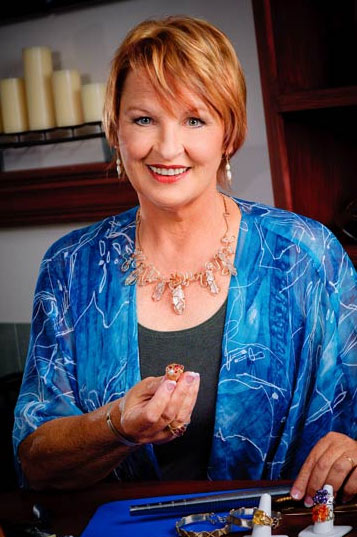






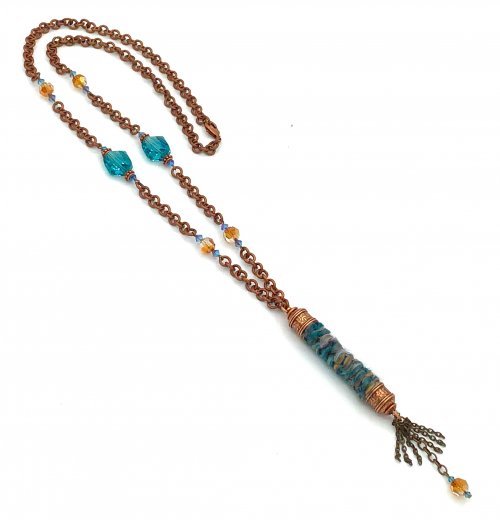
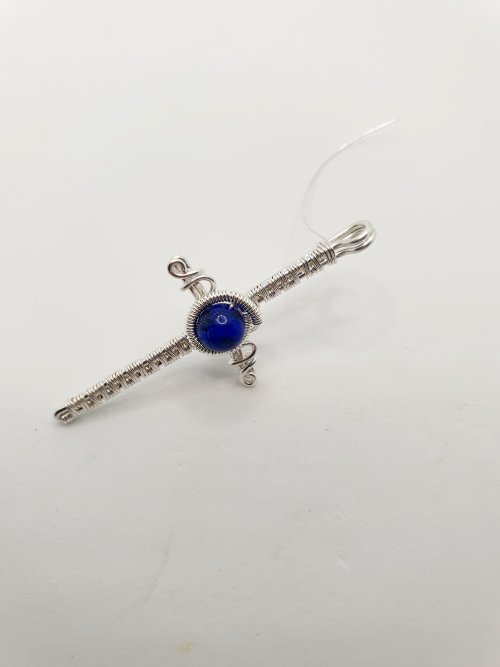
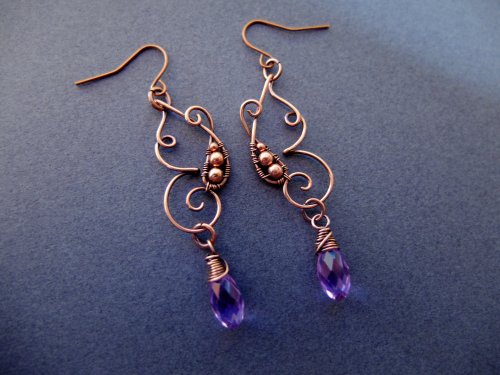

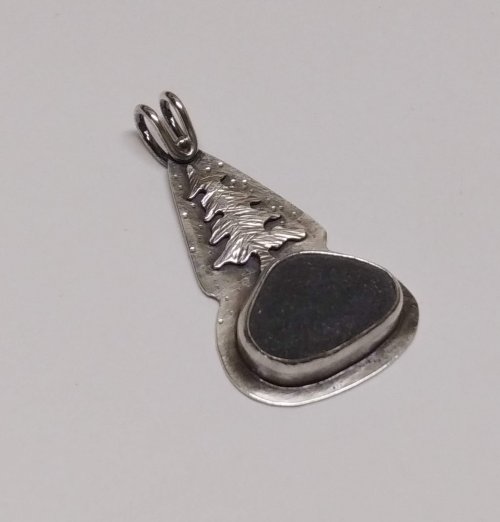
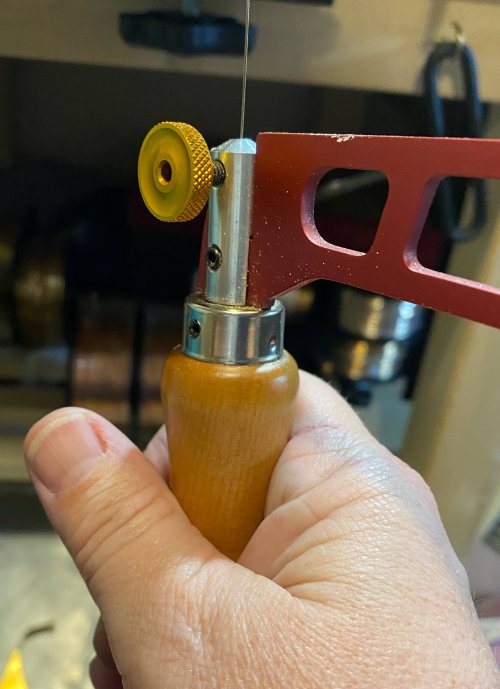
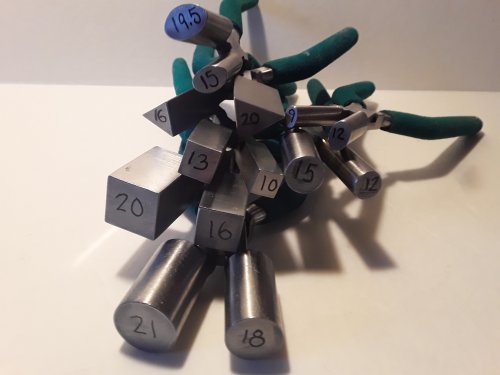
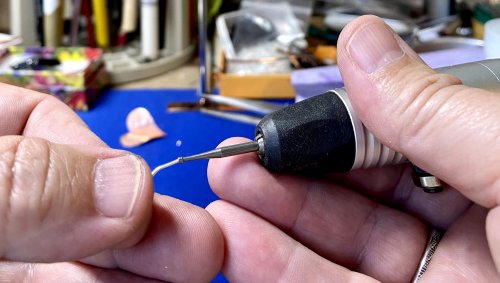
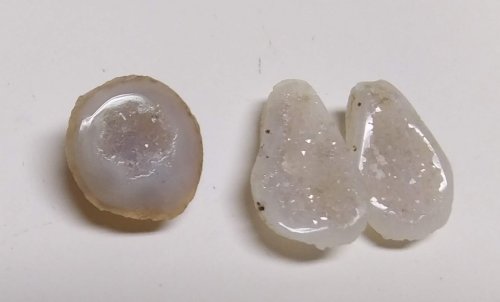




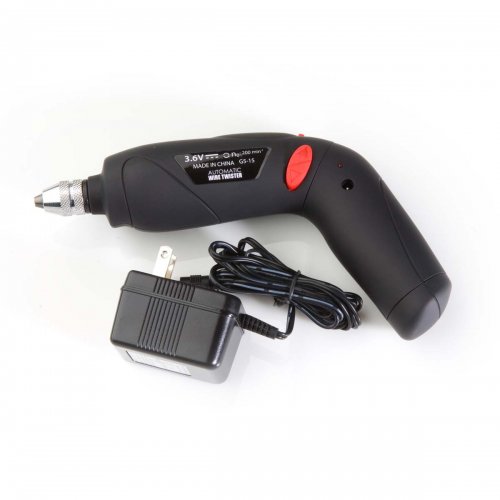 Getting Twisted - Jewelry Making Tools
Getting Twisted - Jewelry Making Tools
 How to Price Your Wire Jewelry
How to Price Your Wire Jewelry
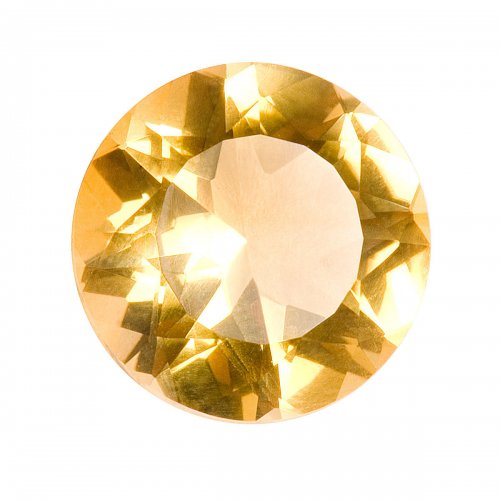 How to Measure Gemstones for Settings
How to Measure Gemstones for Settings
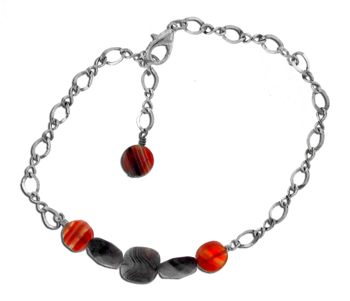 Cool Anklets are HOT
Cool Anklets are HOT
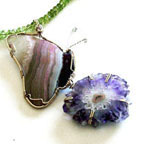 Inspiration Comes from Everywhere and Every Thing
Inspiration Comes from Everywhere and Every Thing
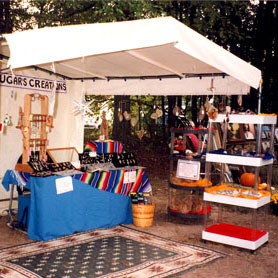 Wire Jewelry Display and Booth Ideas
Wire Jewelry Display and Booth Ideas
 Where to Sell Your Wire Jewelry
Where to Sell Your Wire Jewelry
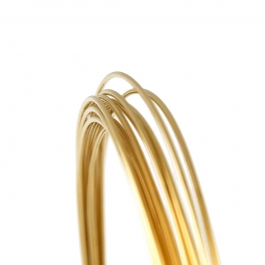 How to Choose Wire Temper for Making Jewelry
How to Choose Wire Temper for Making Jewelry
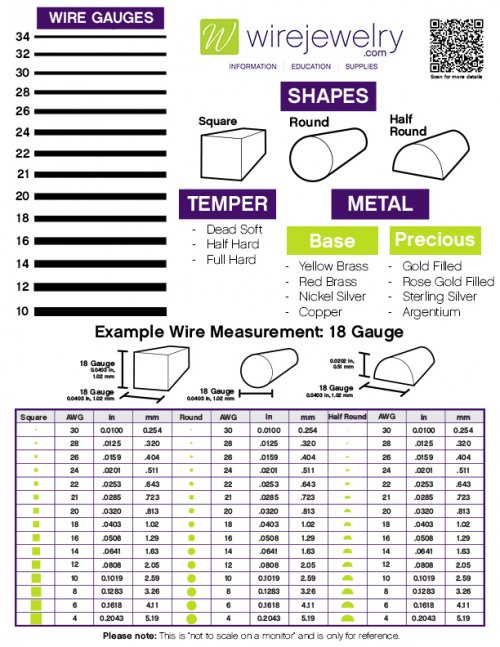 What Gauge of Wire Should I Use to Make Jewelry
What Gauge of Wire Should I Use to Make Jewelry
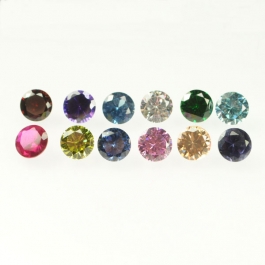 What's a Cubic Zirconia Stone
What's a Cubic Zirconia Stone
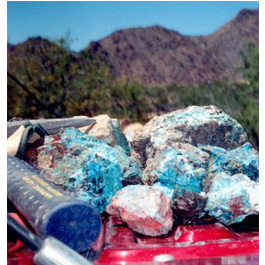 Rockhounding - A Beginner's Guide
Rockhounding - A Beginner's Guide
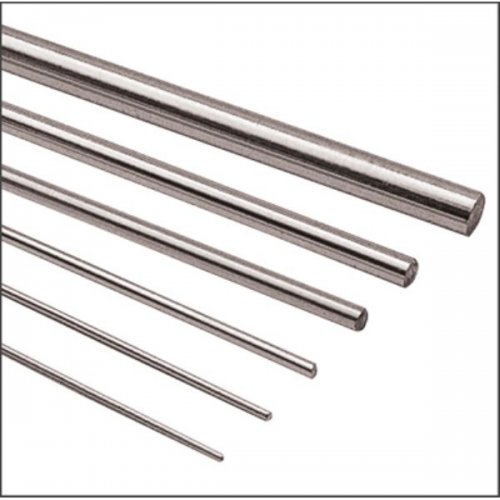 What Shape of Wire Should I Use to Make Jewelry
What Shape of Wire Should I Use to Make Jewelry
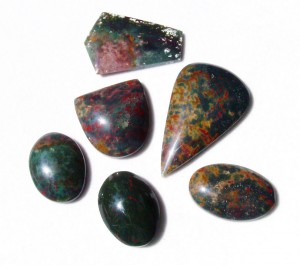 Gem Profile- Bloodstone
Gem Profile- Bloodstone
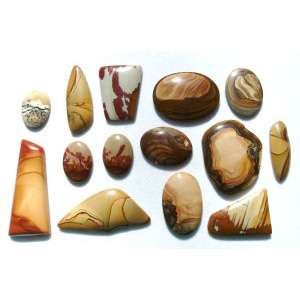 Gem Profile- Picture Jasper
Gem Profile- Picture Jasper
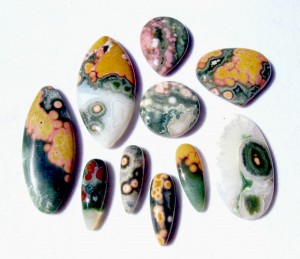 Gem Profile- Patterned Jaspers
Gem Profile- Patterned Jaspers
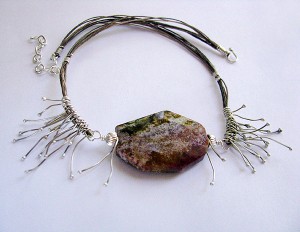 Gem Profile- What is Jasper
Gem Profile- What is Jasper
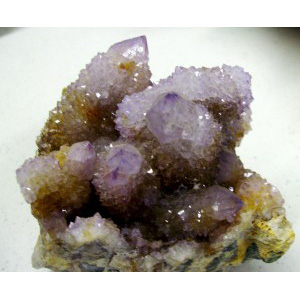 Gem Profile- Quartz Introduction
Gem Profile- Quartz Introduction
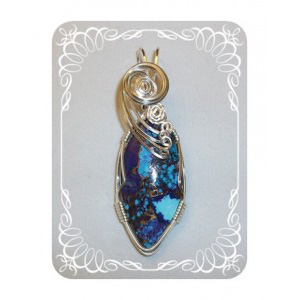 Gem Profile- Wishful Turquoise
Gem Profile- Wishful Turquoise
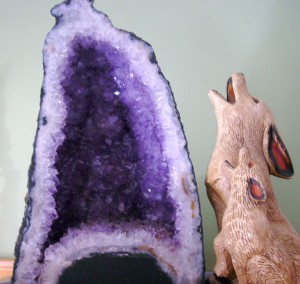 Gem Profile- Amethyst
Gem Profile- Amethyst
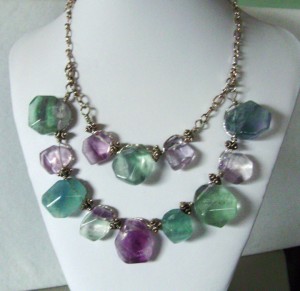 Gem Profile- Fluorite
Gem Profile- Fluorite
 Gem Profile- Obsidian
Gem Profile- Obsidian
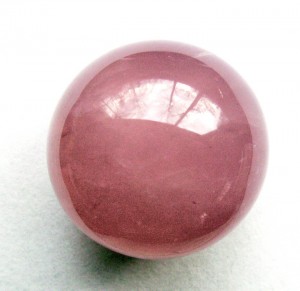 Gem Profile- Rose Quartz
Gem Profile- Rose Quartz
 Gem Profile- Smoky Quartz
Gem Profile- Smoky Quartz
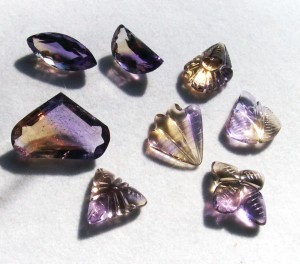 Gem Profile- Citrine and Ametrine
Gem Profile- Citrine and Ametrine
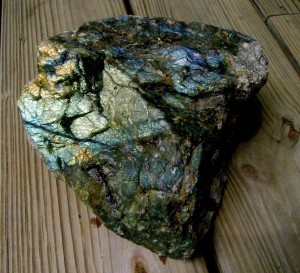 Gem Profile- Labradorite
Gem Profile- Labradorite
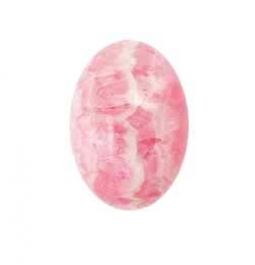 Gem Profile- Rhodochrosite
Gem Profile- Rhodochrosite
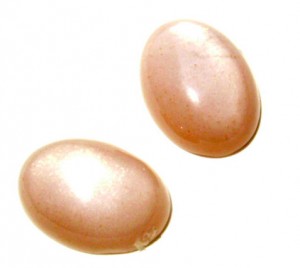 Gem Profile- Moonstone
Gem Profile- Moonstone
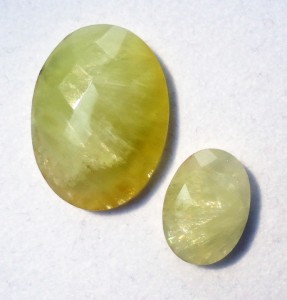 Gem Profile- Prehnite
Gem Profile- Prehnite
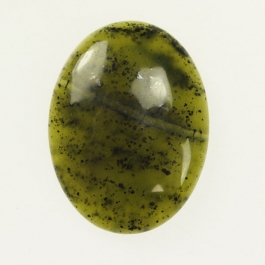 Gem Profile- Jade
Gem Profile- Jade
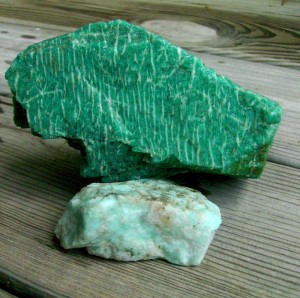 Gem Profile- Amazonite
Gem Profile- Amazonite
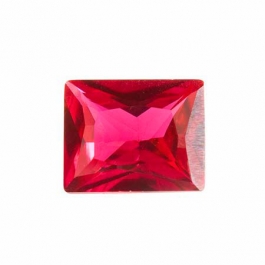 Gem Profile- Corundum
Gem Profile- Corundum
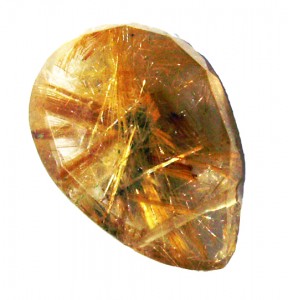 Gem Profile- Quartz with Inclusions Part 1
Gem Profile- Quartz with Inclusions Part 1
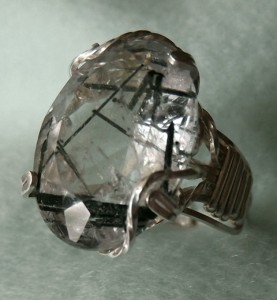 Gem Profile- Quartz with Inclusions Part 2
Gem Profile- Quartz with Inclusions Part 2
 Gem Profile- Aventurine
Gem Profile- Aventurine
 Gem Profile- Macrocrystalline Quartz
Gem Profile- Macrocrystalline Quartz
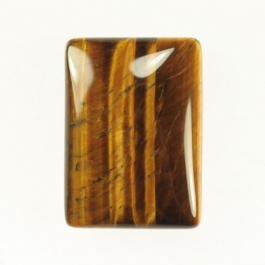 Gem Profile- Tiger Eye
Gem Profile- Tiger Eye
 Gem Profile- Fire Agate and Iris Agate
Gem Profile- Fire Agate and Iris Agate
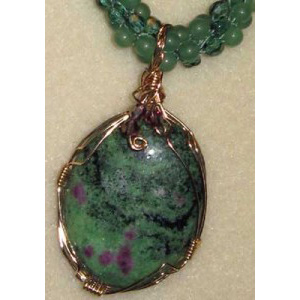 Gem Profile- Ruby Zoisite
Gem Profile- Ruby Zoisite
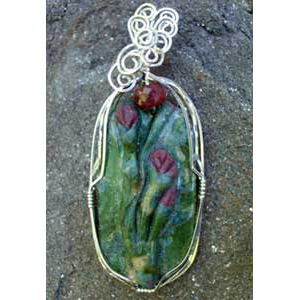 Gem Profile- Ruby Fuchsite
Gem Profile- Ruby Fuchsite
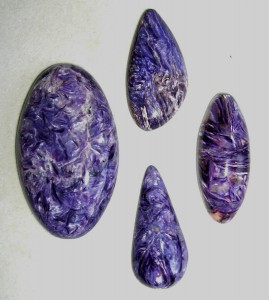 Gem Profile- Charoite
Gem Profile- Charoite
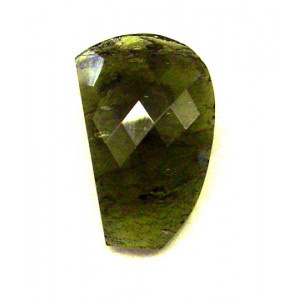 Gem Profile- Moldavite
Gem Profile- Moldavite
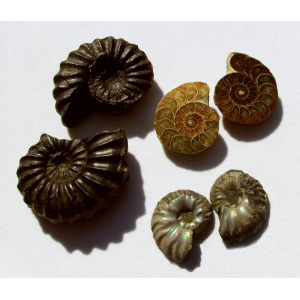 Gem Profile- Ammolite
Gem Profile- Ammolite
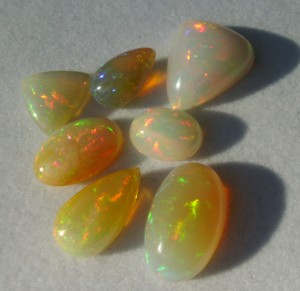 Gem Profile- White Precious Opal
Gem Profile- White Precious Opal
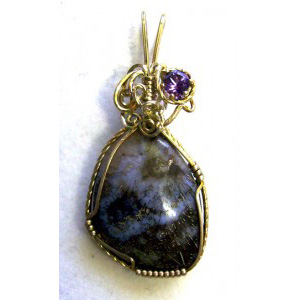 Gem Profile- Opalized Fossils
Gem Profile- Opalized Fossils
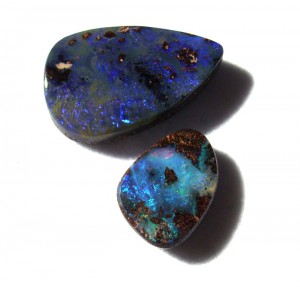 Gem Profile- Boulder Opal
Gem Profile- Boulder Opal
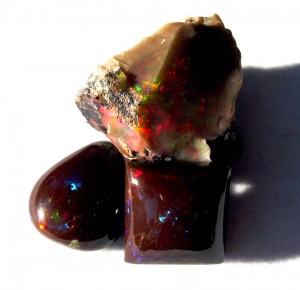 Gem Profile- Black Precious Opal
Gem Profile- Black Precious Opal
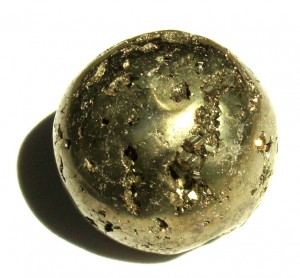 Gem Profile- Pyrite
Gem Profile- Pyrite
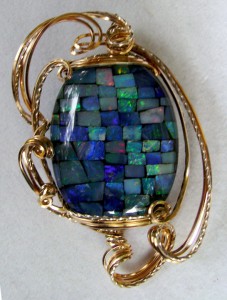 Gem Profile- Opal Introduction
Gem Profile- Opal Introduction
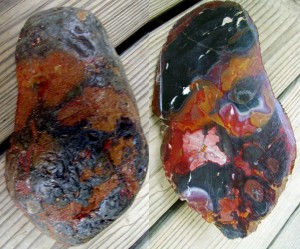 Gem Profile- Beautifully Colored Jasper
Gem Profile- Beautifully Colored Jasper
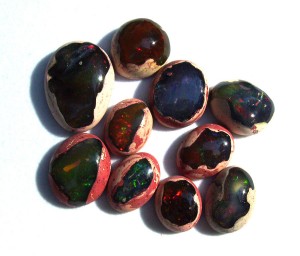 Gem Profile- Common Opal
Gem Profile- Common Opal
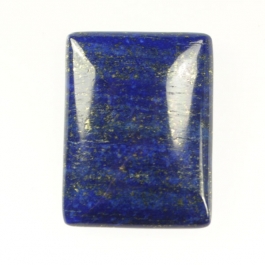 Gem Profile- Lapis Lazuli
Gem Profile- Lapis Lazuli
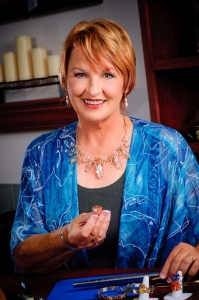 Wire Sculpture Expert Dale -Cougar- Armstrong Interview
Wire Sculpture Expert Dale -Cougar- Armstrong Interview

